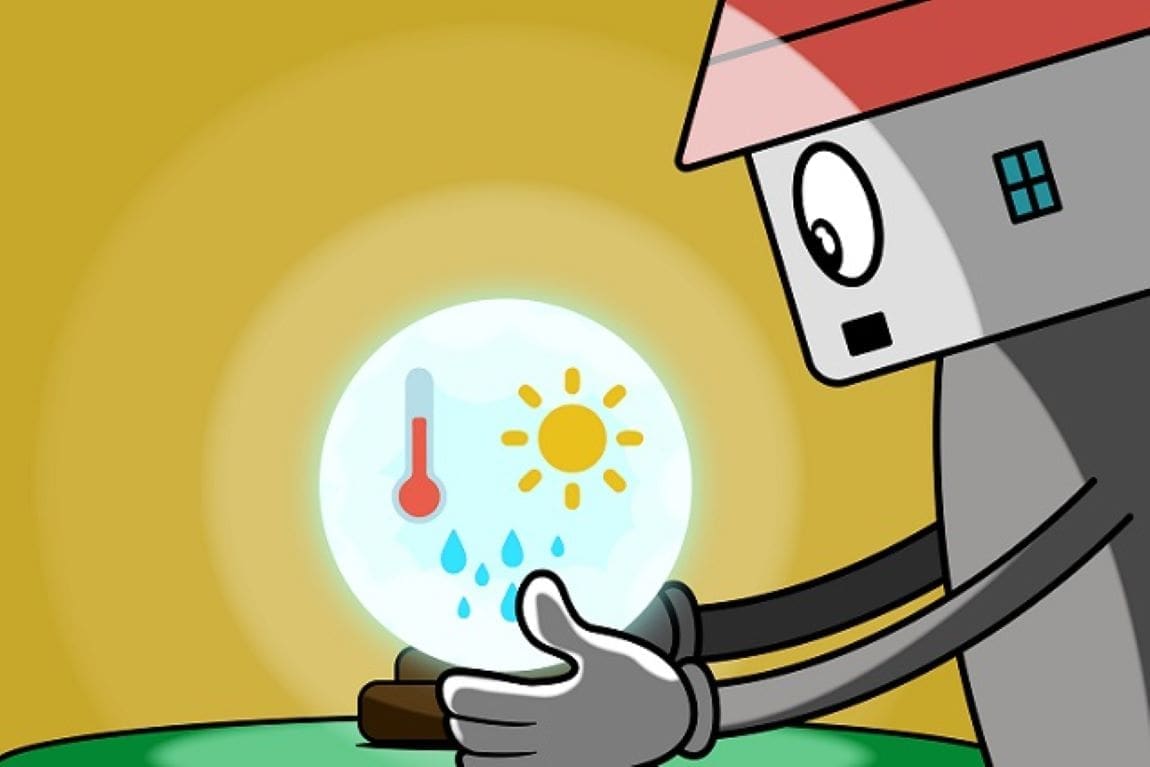Due to the growing reality of global warming and climate change, there is increasing uncertainty around meteorological conditions used in energy assessments of buildings.
Existing methods for generating meteorological data do not adequately handle the interdependence of meteorological elements, such as solar radiation, air temperature, and absolute humidity, which are important for calculating energy usage and efficiency.
To address this challenge, a research team at Osaka Metropolitan University’s Graduate School of Human Life and Ecology – comprising Associate Professor Jihui Yuan, Professor Emeritus Kazuo Emura, Dr. Zhichao Jiao, and Associate Professor Craig Farnham – developed an innovative evaluation method. This method utilizes a statistical model to represent the interdependence of multiple factors, facilitating the generation of probabilistic meteorological data.
The researchers modeled the temperature, solar radiation, and humidity at noon each day, and then gradually expanded this to 24 hours and 365 days to generate a year’s worth of meteorological data.
The most notable aspect of this method is that it takes into account the interdependence of meteorological variables and improves the accuracy of building energy simulations. Their generated data was almost identical to the original data set, proving the method’s accuracy.
“We hope this method will lead to the promotion of energy-efficient building design that can respond to various weather conditions,” stated Professor Yuan.
The findings were published in Scientific Reports.
Journal Reference:
Jiao, Z., Yuan, J., Farnham, C., Emura, K., ‘Multivariate stochastic generation of meteorological data for building simulation through interdependent meteorological processes’, Scientific Reports 14, 24927 (2024). DOI: 10.1038/s41598-024-75498-8
Article Source:
Press Release/Material by Osaka Metropolitan University
Featured image: Meteorological data predictions. Incorporating environmental factors into building efficiency assessments is necessary as the effects of climate change increase. Credit: Osaka Metropolitan University




